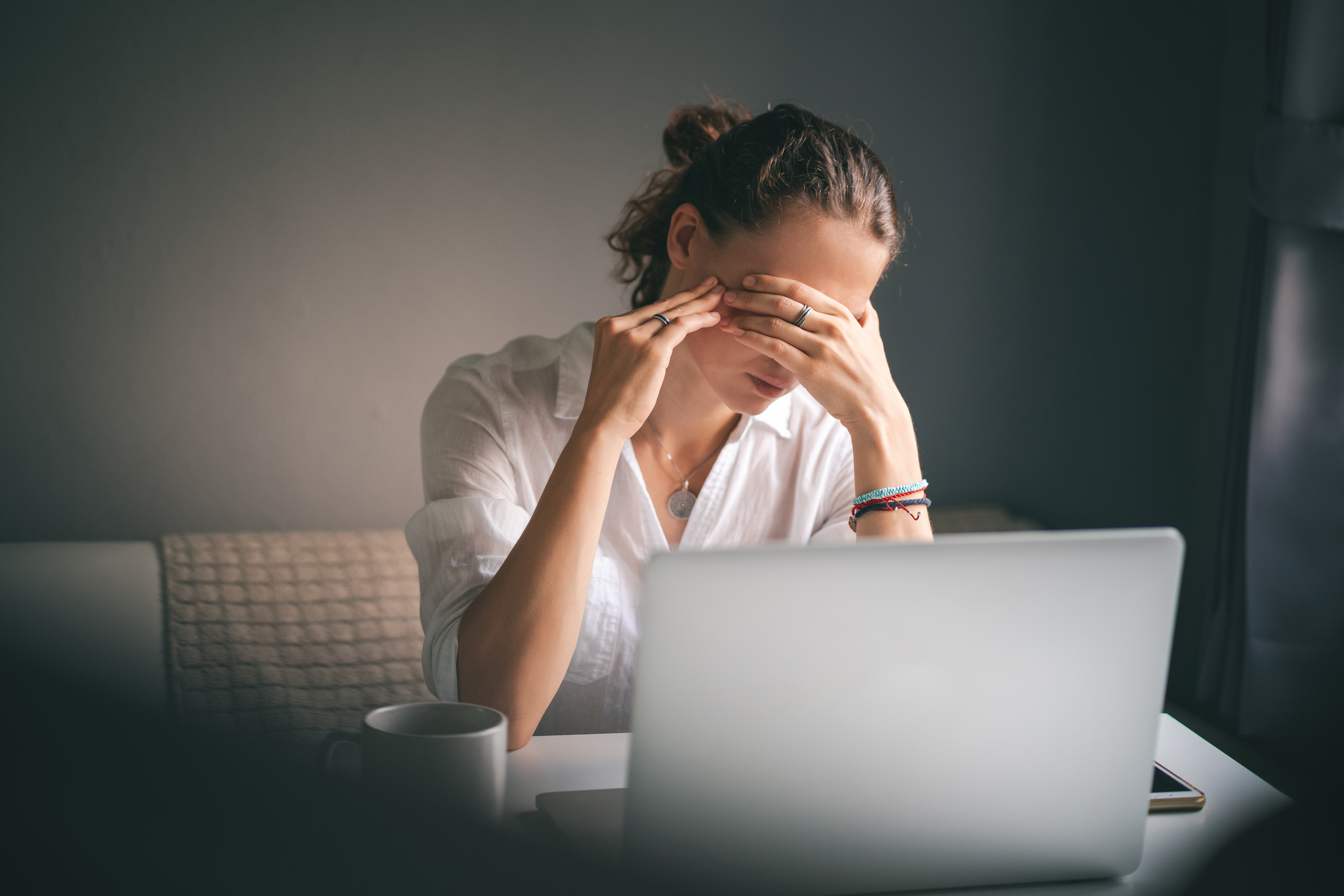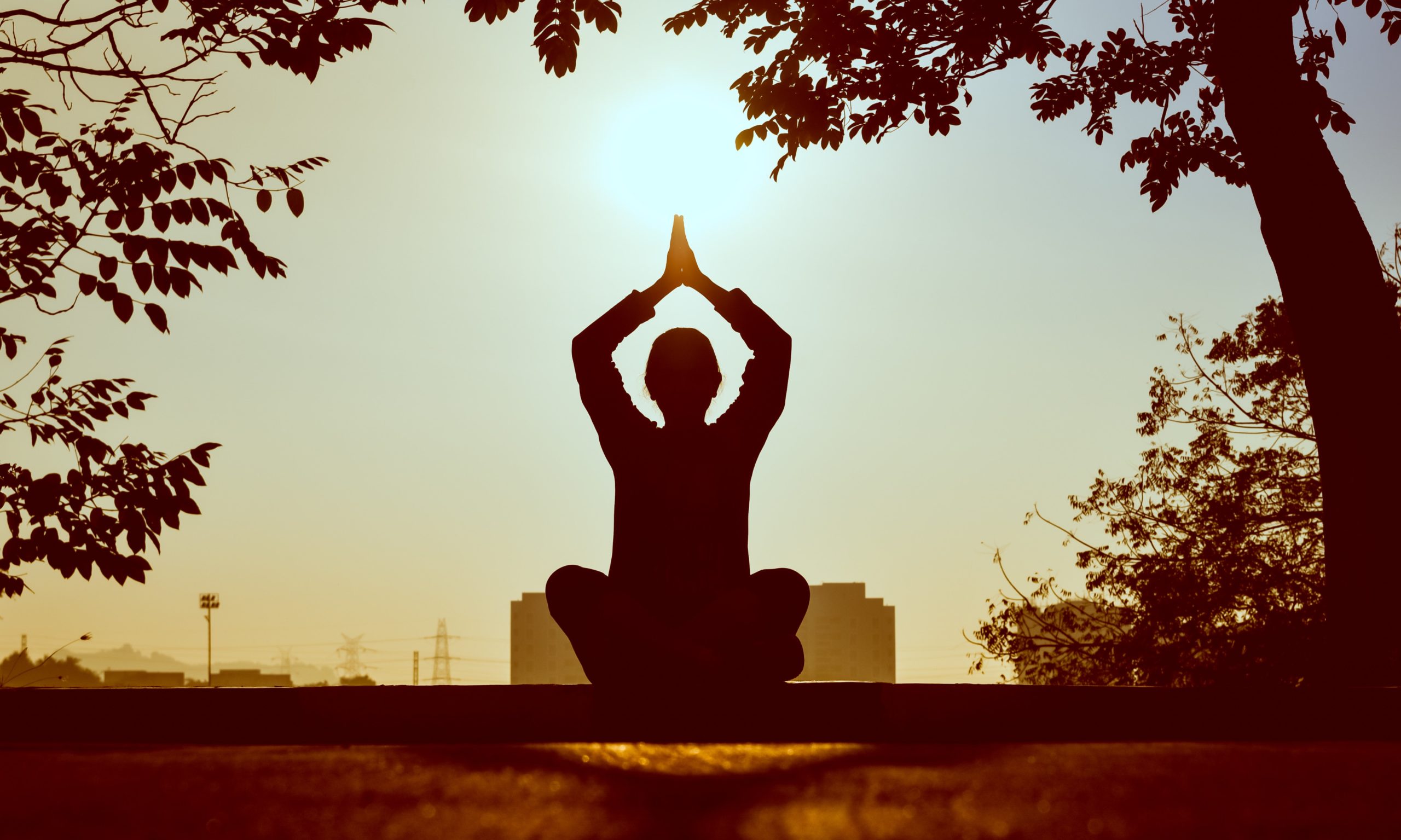MUIH Students Find Success After Graduation
| By Nick | 0 Comments

Maryland University of Integrative Health (MUIH) is committed to supporting students in their journey to reach their career goals in integrative health. The Office of Career Services has been assisting MUIH students and alumni since 2017, with services such as career counseling, entrepreneurial advice, professional opportunities and more.
In 2022, Director of Career Services, Robert Brooks, conducted an outreach campaign to all 2021 master’s degree graduates during their first year after graduation to aid anyone struggling to launch their integrative health careers as well as collect career outcome data from those currently employed or self-employed.
Brooks explains “My process or philosophy is one of engagement. Long before graduation, I encourage students to meet with me, attend virtual career fairs, and prepare themselves to meet their future career goals.” This methodology allows Brooks to have an established relationship with many of MUIH’s graduating students, who are further along their career paths than they would have been otherwise. “Simultaneously, I am also engaging with employers by inviting them to post job leads, participate in virtual career fairs, and get to know our students in whatever format makes sense for them,” says Brooks.
In Brooks’ outreach campaign, a “Next Destination Survey” was used initially to gather the career status from our 2021 graduates. The survey was sent in April, August, and December of 2021, followed by a continuous telephone and email campaign throughout the first post-graduation year. The rate of employment was calculated twelve months after graduation to provide graduates with enough time to pass any relevant licensure and certification exams.
The career outcomes were classified into the following categories:
- Placed
- Not Yet Placed
- Prior Employment
- School
- CNS (Certified Nutrition Specialist) prep (for Nutrition graduates)
- Military
- Not in Workforce
- Unable to Contact
The employment rate for our 2021 graduates was calculated by dividing those ‘Placed’ by the total number of ‘Placed’ plus ‘Not Yet Placed’. The rest of the categories were not counted in the statistics.
What constitutes a placement?
Graduates with a part- or full-time job in their field or anyone self-employed in a role related to their degree who reported earnings were counted as a placement.
What constitutes prior employment?
When a graduate decides to continue working at the position they held before enrolling, they are categorized as having prior employment. These are typically graduates already working in the health field who are enhancing their practice with their MUIH degree, or graduates who enjoy their current position and have no plans to change occupations.
Career Results
The outreach campaign included recent graduates from the acupuncture, health promotion, health and wellness coaching, nutrition, herbal medicine, and yoga therapy programs and each program’s career outcome was calculated separately.
Overall, the Career Outcome Rate for our 2021 graduates was 81%. Out of the graduates categorized as placed, 58% found new positions working for someone else, including:
- 2 Yoga Therapist positions in the INOVA Cancer Care Institute
- Faculty positions at Penn State University, Emory University, and MUIH
- Grant Funded Yoga Therapy Researcher, funded through Florida Atlantic University
- Temple University’s Center for Obesity Research and Online Education
- Chef Educator at the University of Vermont Medical Center
- Society for Public Health and Education
- Sharecare
63% of the graduates categorized as Placed are self-employed, with varying levels of progress.
26% of Nutrition graduates (accounting for 9% of all graduates) are still in the preparation process for getting their Certified Nutrition Specialist designation, which is required to practice in Maryland and a few other states
Read more in the full report under Post Graduation Employment in Student Consumer Information.
Overall, the percentage of 2021 graduates employed within a year of graduation decreased slightly from 84% in 2020 to 81%, due in part to economic factors and poor forecasting by the online platforms and apps that hire remote health coaches, resulting in major layoffs. The pandemic continues to have an effect as well, with many of our graduates focused on finding remote work, which is the area that was affected most by the layoffs.
When it comes to the challenges that have faced integrative health graduates and how they can be employed within the market, Brooks says, “During difficult economic times when there is an oversaturation of resumes flooding employer inboxes, employers especially look for the industry-recognized credentials such as NBC-HWC, CHES, CNS, and C-IAYT that MUIH programs lead to, as well as the graduate degree or certificate. Also, our graduates’ passion and determination help them to be resilient and continue to move forward with their career plans despite any obstacles.”
After an in-depth analysis of the placement success for master’s degree graduates, there were other positive findings supporting the career outcomes. Many employment opportunities are available in integrative health modalities, and most graduates are finding them, even in the wake of a pandemic. However, graduates communicate the challenge of securing those jobs and that is where the support provided by the Office of Career Services leads our graduates down a path to success. Graduates had a better chance of success if they had fewer demands on their time and were comfortable with the ambiguity of non-traditional roles and a portfolio career while remaining resilient, determined, and self-confident.


